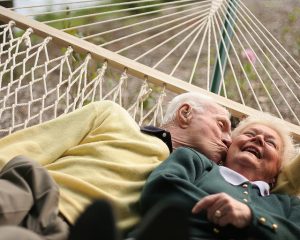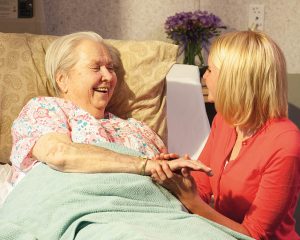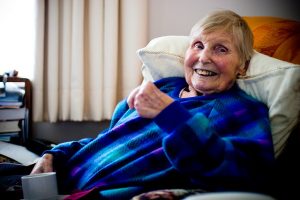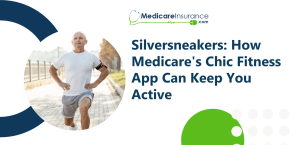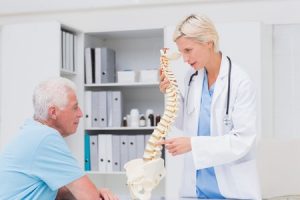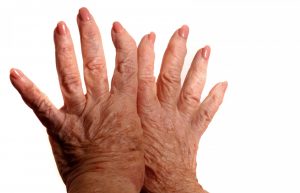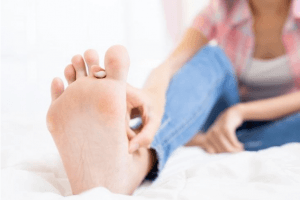Each week, Dr. Mauk shares thoughts relevant to Baby Boomers that are aimed to educate and amuse.
Guest Blog: Strategies for fostering cooperation when caring for the elderly
When caring for the elderly, it can be tempting to feel as though you’re always in charge, and this can lead to treating those in your care like children. This can make what is already a difficult time even more so, as the elderly in your care will gradually feel as though they are losing any of the agencies they once had. Rather than approach care as though you lead, and they follow, why not tries an alternative view – a strategy based on cooperation.
It can be difficult to foster cooperation whilst caring for the elderly – many people are resentful of having to rely on someone else for help, and can actively reject what little you aim to do for them. No matter where you work or where your elderly relatives may be in care – whether it’s somewhere like Forest Healthcare or a simple food run once a week – it can be difficult work. There are some strategies you can use to deal with this, however.
Take an Interest
Firstly, take an active interest in those in your care. Get to know them as people. Remembering a couple of small details – whether it’s that their son is on holiday, or that they’re writing a letter to a cousin – and making the effort to ask about them will go a long way towards creating a sense of cooperation. If you’re treating them as an equal to you, and taking an interest in their life, then you are no longer some aloof figure, but a potential confidante. It doesn’t have to be a friendship by any means – but getting to know them as more than just one of many older people you help on a daily basis can go a long way.
Validate Them
Never make them feel stupid, or as though something you’ve discussed is irrelevant. Whilst some things the elderly people in your care might think desire or discuss may seem strange, it’s important to remember the huge difference in life experiences you’ve had. For instance, if they bring up something that’s bothering them that you might consider minor, treat it with the respect they deserve. Allowing the people in your care to remain autonomous is a vital step towards a working partnership.
Expect Resistance
You will be resisted. This is just a fact, and the sooner you accept it, the easier it is to deal with. Rather than being surprised and allowing you to get annoyed about it, treat it as what it is – just one step in a larger process? Try to figure out the root causes of the resistance – is it coming from a place of fear, perhaps of medical intervention? Or perhaps it’s resentment at their inability to do something themselves. Each person will be different, and treating resistance on an individual basis will make it easier to deal with in the long run.
Use ‘Trial Runs’
Imposing a particular routine, or type of medical care, on an elderly person can lead to them feeling as though they have no control. Instead, try to make use of trial runs – set a length of time for them to try something, and then meet to discuss it. This way they can make active, informed decisions about their own care – and you’ll often find that, given this opportunity, they’ll be happy to go along with what you suggested in the first place!
In general, what caring for the elderly mostly comes down to is remembering how things are from their point of view. To them, a move into care – no matter how great the care! – is a move away from independence, towards a more constructive way of life. In order to work towards cooperation, the best methods involve validating these feelings, acknowledging the difficulties, and trying to work around them. Therefore, anything that increases the autonomy and agency of those in your care is a great place to start. If you’re based somewhere like Forest Healthcare, then those decisions will be in your hands most of the day, but even in smaller, less frequent contact based care, it’s worth employing. If anything, the sooner you start working towards a cooperative strategy, the easier it will be for both of you in the long run.

